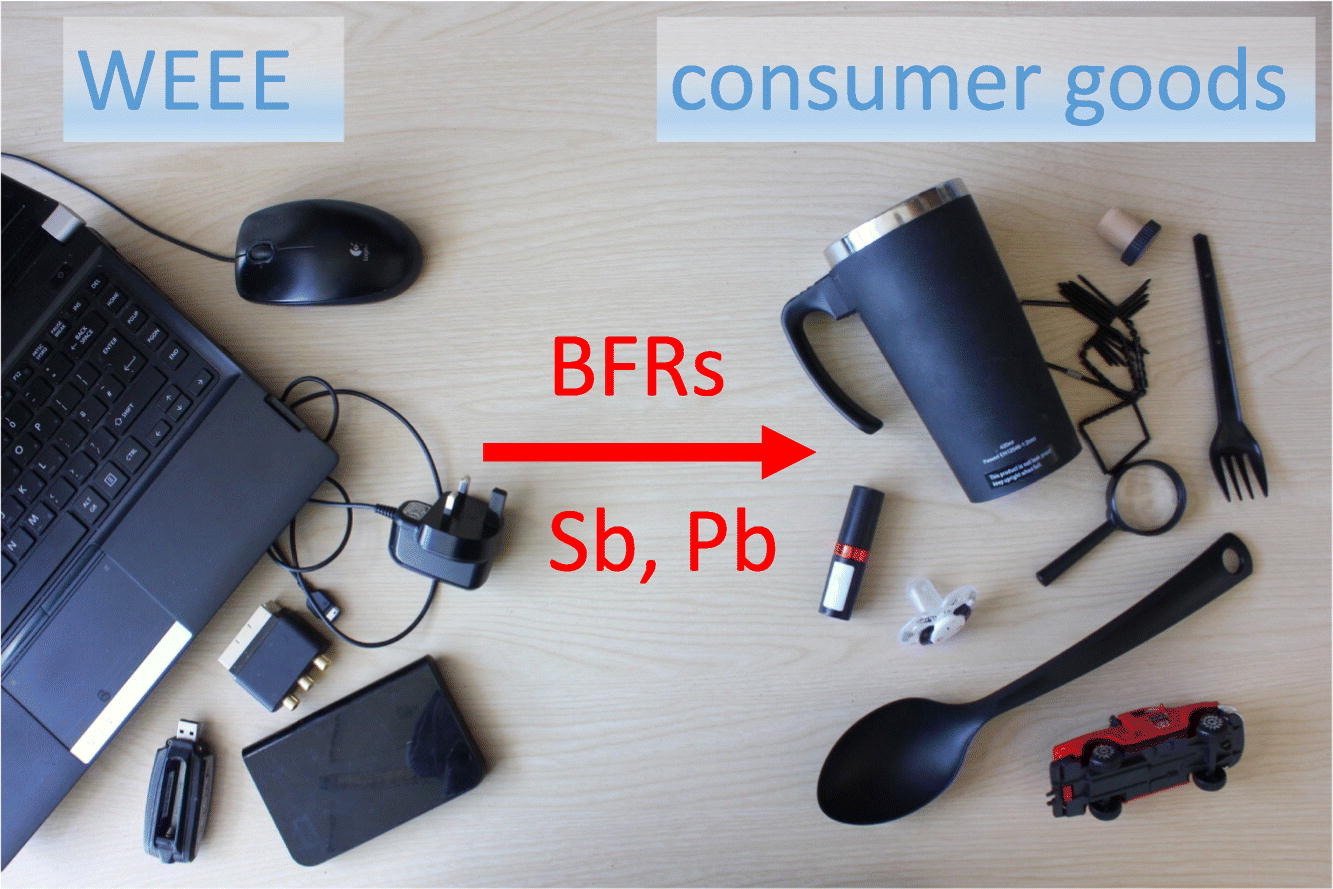There is ‘mounting evidence’ suggesting that ‘inefficient’ recycling of discarded electronics has enabled toxic chemicals to enter new products. The main problem is black plastics, which comprises roughly 15% of the UK’s e-scrap waste stream, according to a new study by the University of Plymouth.
Anyone who has purchased a consumer product in the last five years has witnessed the increasing popularity of black plastics. But while black smartphones, game consoles or GPS units ‘may be aesthetically pleasing’, the downside is that the growing demand for black plastics is being partly met by sourcing material from the plastic housings of end-of-life electronics, notes lead author Dr Andrew Turner. This includes material that was not properly sorted and thus still contains heavy metals or brominated flame retardants.
Widespread contamination
For his research, Dr Turner used XRF spectrometry to assess the levels of a range of elements in more than 600 black plastic products such as food-contact items, toys, and office items. He surveyed both new and used electronics. What he found was that both bromine and lead were ‘extensively’ present in the many different recyclate samples.

Lab tests demonstrate a ‘complex quasi-circular economy’ for e-scrap plastics that results in ‘significant and widespread contamination’ of black consumer goods ranging from thermos cups and cutlery to tool handles and grips, and from toys and games to spectacle frames and jewellery, the researcher reports.
Chemical signature
Additionally, a compilation of elemental data on black plastic litter collected from beaches in the southwest of England reveals a ‘similar chemical signature’ to that of contaminated consumer goods and blended e-scrap plastics recyclate, Dr Turner states. In his opinion, this exemplifies the pervasiveness of the problem.
‘This outcome is something the public would obviously not expect or wish to see, and there has previously been very little research exploring this,’ the researcher concludes. In order to address this issue, further scientific research is needed.
Don't hesitate to contact us to share your input and ideas. Subscribe to the magazine or (free) newsletter.


